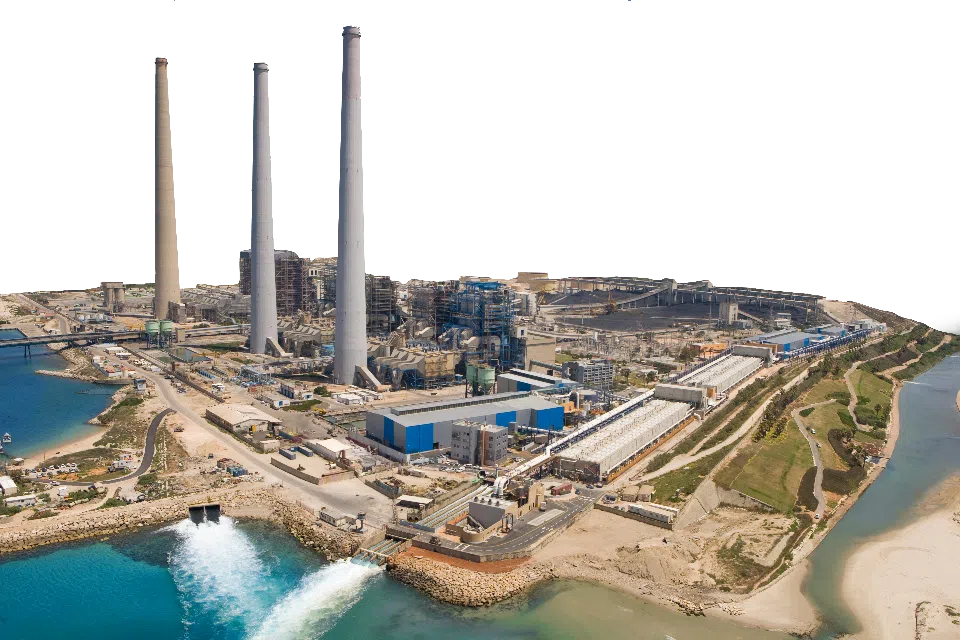
India’s remote islands face unique challenges when it comes to water storage and management. With limited freshwater sources, changing weather patterns, and restricted infrastructure, ensuring reliable access to clean water on these islands requires innovative and sustainable solutions. This article explores various water storage solutions that can help address these challenges, improve water access, and enhance the resilience of communities living in remote Indian islands.
1. Rainwater Harvesting Systems
Rainwater harvesting is a practical and cost-effective solution for water storage in remote islands. Due to high rainfall in many parts of India, especially along the coastal regions, rainwater harvesting can capture and store large quantities of water for later use. By installing collection systems on rooftops and other structures, rainwater can be directed into tanks or underground reservoirs for long-term storage. The stored water can then be filtered and treated for drinking, cooking, and other daily needs. Rainwater harvesting also reduces dependence on groundwater, preserving natural reserves and ensuring water availability during dry periods.
2. Desalination Plants
Desalination offers a reliable solution for areas surrounded by seawater, such as India’s Andaman and Nicobar Islands or the Lakshadweep Islands. Small-scale desalination plants use reverse osmosis or other filtration technologies to remove salt and impurities from seawater, making it safe for consumption. While desalination can be energy-intensive, advancements in solar and wind-powered desalination have made it more sustainable and cost-effective. Implementing renewable energy-powered desalination plants in remote islands can significantly enhance water security and reduce reliance on imported or transported freshwater.
3. Underground Water Storage Tanks
Underground storage tanks help mitigate evaporation, a significant issue in hot and tropical climates like India’s islands. These tanks can be constructed below ground level to store rainwater or treated water from other sources. Underground storage is highly effective in reducing water loss, especially during the dry season when temperatures rise. Tanks can be built from locally available materials, such as concrete or stones, which are durable and cost-efficient. By utilizing underground storage, island communities can maintain a reliable water supply even during extended periods of low rainfall.
4. Ferrocement Tanks
Ferrocement tanks are a sustainable, low-cost alternative for water storage in remote locations. These tanks are made by combining wire mesh with cement, resulting in a strong, durable, and flexible structure. Ferrocement tanks are easy to construct and maintain, making them ideal for island environments with limited resources and infrastructure. They can be used to store rainwater or water from other sources, ensuring an affordable and long-lasting water storage solution for households and communities.
5. Portable Water Storage Solutions
For small island communities or remote areas where large infrastructure projects may not be feasible, portable water storage solutions, such as collapsible tanks and water bladders, can be effective. These flexible containers are lightweight, easy to transport, and require minimal installation. They can store substantial amounts of water, which can be used during emergencies or peak demand periods. Portable storage solutions also provide flexibility in water distribution, allowing for temporary storage and easy relocation based on seasonal needs.
6. Solar-Powered Water Pumps
In remote islands where electricity is limited, solar-powered water pumps can efficiently transfer stored water from tanks to households or irrigation systems. By utilizing solar energy, these pumps reduce reliance on conventional power sources, making water access more sustainable and cost-effective. Solar-powered pumps can be integrated with rainwater harvesting systems or underground storage tanks, enabling island communities to manage and distribute water resources effectively.
Conclusion
India’s remote islands require tailored, sustainable water storage solutions to meet their unique environmental and logistical challenges. Solutions such as rainwater harvesting, desalination, underground storage, ferrocement tanks, portable storage, and solar-powered pumps offer viable options to improve water access and security. By investing in these solutions, island communities can build resilience against water scarcity, reduce dependency on mainland resources, and promote sustainable water management practices for future generations.


